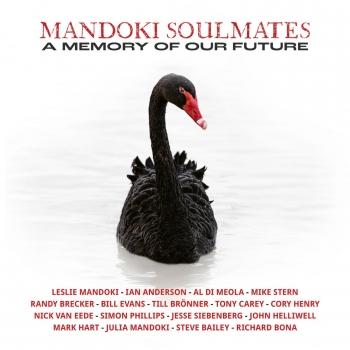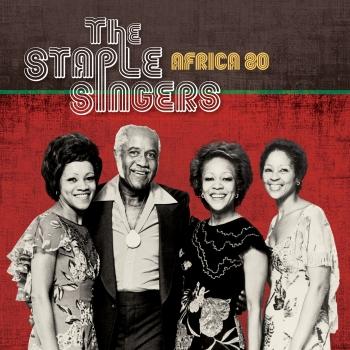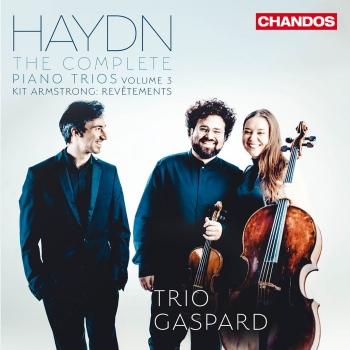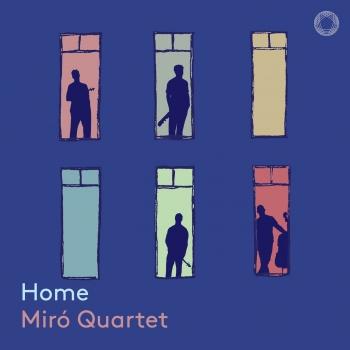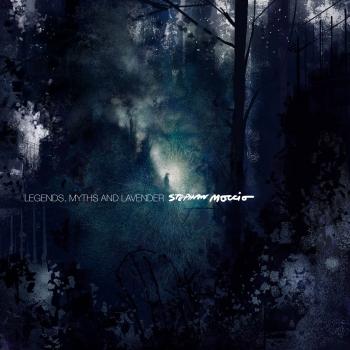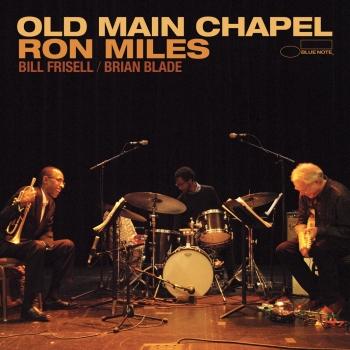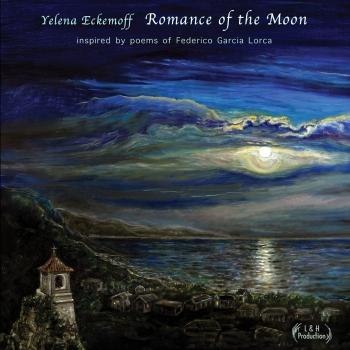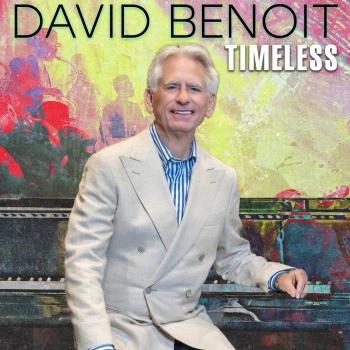
Elgar A Land of Hope and Glory Jean-Luc Étienne
Album info
Album-Release:
2013
HRA-Release:
12.07.2013
Album including Album cover Booklet (PDF)
- 1Imperial March, Op. 32 (Transcribed by Martin)05:41
- 2Vesper Voluntaries, Op. 14: Introduction01:58
- 3Vesper Voluntaries, Op. 14: I. Andante01:17
- 4Vesper Voluntaries, Op. 14: II. Allegro01:57
- 5Vesper Voluntaries, Op. 14: III. Andantino02:33
- 6Vesper Voluntaries, Op. 14: IV. Allegretto piacevole, Intermezzo02:13
- 7Vesper Voluntaries, Op. 14: V. Poco lento02:14
- 8Vesper Voluntaries, Op. 14: VI. Moderato01:26
- 9Vesper Voluntaries, Op. 14: VII. Allegro pensoso01:40
- 10Vesper Voluntaries, Op. 14: VIII. Poco allegro03:39
- 11Organ Sonata in G Major, Op. 28: I. Allegro maestoso08:47
- 12Organ Sonata in G Major, Op. 28: II. Allegretto04:25
- 13Organ Sonata in G Major, Op. 28: III. Andante espressivo06:37
- 14Organ Sonata in G Major, Op. 28: IV. Presto (comodo)07:10
- 15Chanson de nuit and Chanson du matin, Op. 15 (Transcribed by Brewer): 1. Chanson de nuit05:00
- 16Chanson de nuit and Chanson du matin, Op. 15 (Transcribed by Brewer): 2. Chanson du matin03:31
- 17Variations on an Original Theme 'Enigma', Op.36 (Transcribed by Harris): IX. Nimrod (Adagio)03:52
- 18Pomp and Circumstance, Op. 39 (Transcribed by Lemare): March No.1 in D major07:46
Info for Elgar A Land of Hope and Glory
Few are aware that Sir Edward Elgar was an organist in his youth, and that he composed two major pieces for his instrument: the refined Vesper Voluntaries and a large, lyrical Sonata for Organ in G major, which is on a par with the great works of the repertoire flourishing in France and Germany at the approach of the 20th century.
Aware of the richness of organ music from its very beginnings, Jean-Luc Étienne takes on a broad repertoire, manifesting a particular interest in Baroque music, especially that written in 17th-century France and Italy.
'Green fields and rolling hills, a pot of tea by the fire – every image of England is represented by Sir Edward Elgar’s music. A giant figure in the Victorian era, his organ music is often overlooked due to the more famous orchestral works. This disc contains all of the compositions for organ as well as some transcriptions of the most well known of his works.
The Vesper Voluntaries are a collection of short pieces bound together with a Prelude, Intermezzo and a Coda. They were composed shortly after the composer’s marriage to Alice and are very simple, presumably intended for liturgical use at the service of vespers. The performances are very clear from Etienne. All of the large number of quiet stops available on the Luxembourg organ are earthy and precise, allowing the music to speak for itself.
The main event for organ fans is the Sonata. This large-scale work, written for Hugh Blair and Worcester Cathedral’s organ, inhabits the beginnings of Elgar’s most significant orchestral works, particularly the Enigma Variations. The clear structure of the first movement and lyrical themes are well communicated by Etienne, although there is an unfamiliar flavour created by the use of such a French-sounding organ for completely English-sounding music – this isn’t usually how it sounds. English organists barely play any English music and borrow repertoire from other countries, so it makes a nice change to observe the adoption of Elgar’s music by a foreigner. I feel that Etienne’s interpretation of this work also has a French flavour. The second movement is played with a fair amount of rubato, which occasionally interrupts the momentum but the organist’s choice of registration is great – there is a real sense of “orchestration” which works extremely well. The beginning of the last movement sounds just like a Vierne scherzo! The specific notes are lost in the acoustic until a louder registration is selected but overall Etienne handles the work with technical ferocity.
The transcriptions on this album seem somehow less important. All the transcribing was done by contemporaries of Elgar but whilst both Chansons are beautiful pieces, the interpretation here is rather unremarkable. Nimrod is again performed well but no better than any other recording and the depth of sound as well as bumps in the legato are slightly irritating. Imperial March and Pomp and Circumstance are more enjoyable as the sounds of the organ are better suited to imitating a loud orchestra than a quiet one. Both are technically and stylistically well performed.
Elgar’s organ music should be more widely performed and this is a great recording if that is your aim. However the transcriptions are a bit of a letdown.' (Hannah Parry-Ridout, MusicWeb International)
Jean-Luc Étienne, organ
 Jean-Luc Etienne
Jean-Luc Etienne
studied organ with Pierre Cortellezzi ans André Stricker. The teaching of Louis Thiry and the proximity of the organist and composer Jean-Jacques Grunenwald did also greatly impress him.
In 1986 he was a finalist in the Concours International de Toulouse devoted to contemporary music for organ, thus bringing to light his henceforth unwavering attachment to the music of his time.
After receiving the Aptitude Certificate in 1988, in the same year he became organ professor at the École Départementale Départementale de Musique des Alpes-Maritimes, puis, en 1996, au Conservatoire National de Région de Nice.

